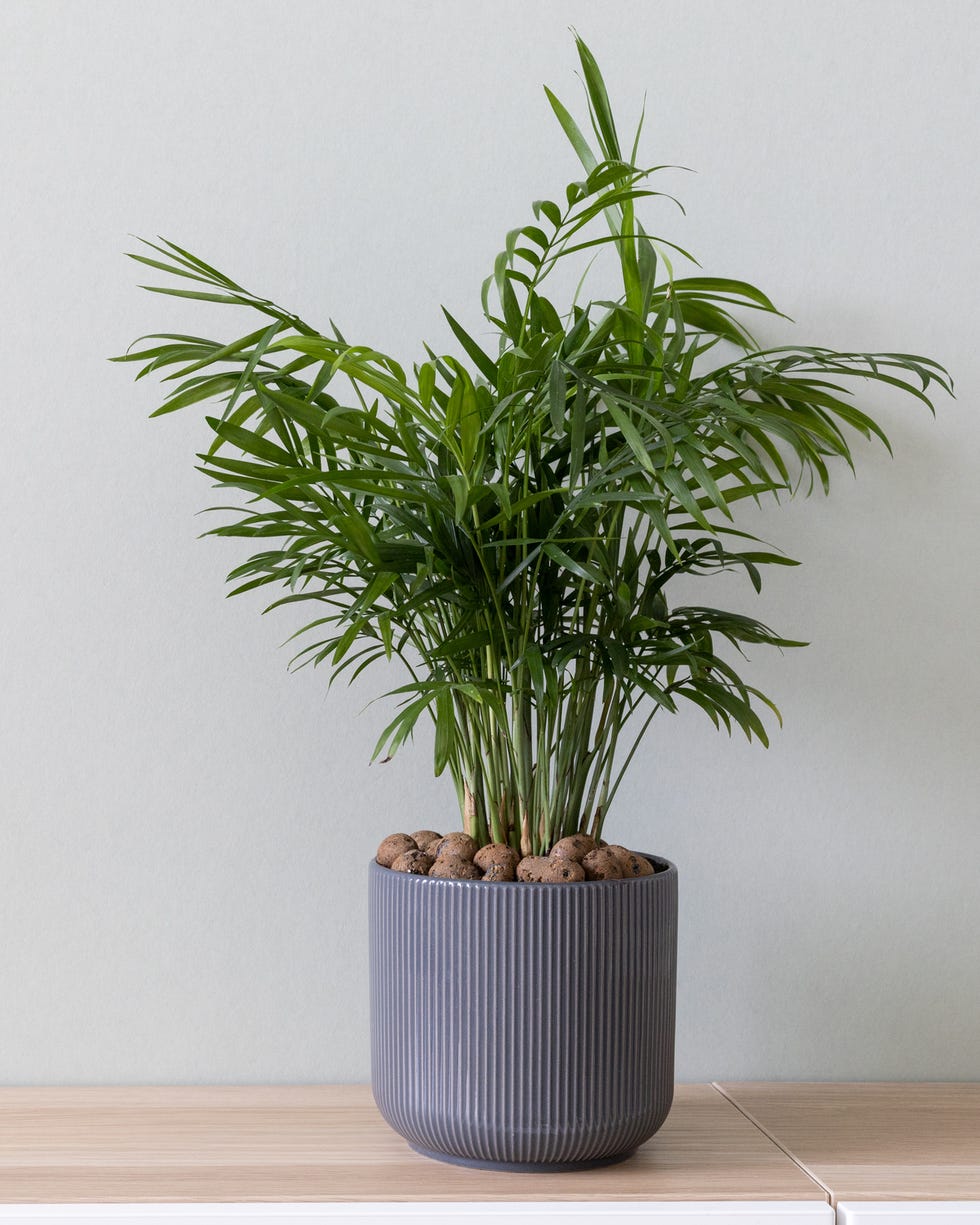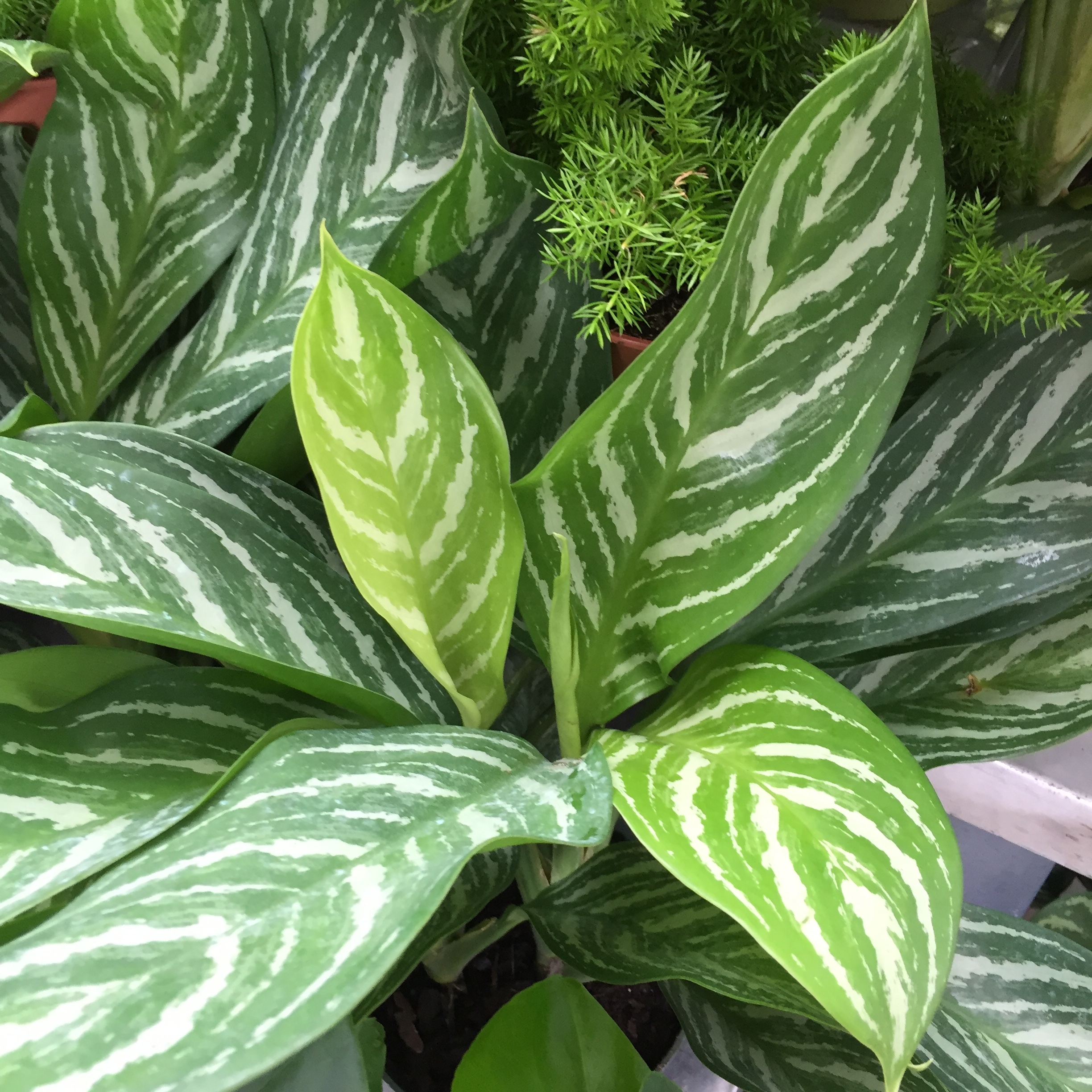Top Picks for the Best Low-Light Indoor Plants to Brighten Your Room
Top Picks for the Best Low-Light Indoor Plants to Brighten Your Room
Blog Article
Reveal the Keys of Low-Light Indoor Plants and Exactly How They Boost Your Environment
Low-light interior plants have amassed increasing focus for their unique capability to improve both aesthetic allure and environmental high quality within homes and offices. These resilient varieties, including the Serpent Plant and Tranquility Lily, not only flourish in difficult illumination problems but also play an essential role in air purification and psychological well-being.
Advantages of Low-Light Indoor Plants
Although lots of people assume that interior plants call for plentiful sunshine to thrive, low-light interior plants provide a plethora of advantages that make them perfect for numerous atmospheres. Among the main benefits is their versatility; they can flourish precede with limited all-natural light, such as offices, cellars, or rooms with tiny windows. This attribute enables individuals to improve their surroundings with greenery, adding to improved aesthetic appeals without the need for substantial lighting adjustments.
Additionally, low-light indoor plants can dramatically boost indoor air top quality by filtering system damaging contaminants and releasing oxygen, making living spaces healthier. Study has actually shown that particular varieties can soak up toxins, therefore promoting a cleaner environment. Additionally, they can enhance psychological wellness by decreasing tension and increasing productivity. The visibility of plants has been linked to better feelings of tranquility and focus.
Moreover, low-light plants typically require much less upkeep than their sun-loving equivalents, making them suitable for hectic people or those new to gardening. Their durability enables them to love minimal intervention, hence providing a gratifying experience for plant lovers and beginners alike. In summary, low-light indoor plants offer both aesthetic and functional objectives, making them valuable additions to any type of room.
Leading Low-Light Plant Selections
Low-light indoor plants can be found in a variety of species, each offering one-of-a-kind qualities and advantages matched for dark atmospheres. Amongst one of the most preferred ranges is the Serpent Plant (Sansevieria), known for its building fallen leaves and air-purifying capacities. This resistant plant grows on overlook and can tolerate a vast array of light conditions.
Another excellent selection is the ZZ Plant (Zamioculcas zamiifolia), which features shiny, dark green fallen leaves and is extremely drought-tolerant. Its versatility makes it a favored for workplaces and homes with limited sunshine.
The Pothos (Epipremnum aureum) is additionally a leading contender, with its trailing vines and heart-shaped leaves - Best low-light indoor plants. This functional plant can be educated to climb or waterfall, adding visual passion to any type of room

Care Tips for Low-Light Plants
Taking care of low-light interior plants needs a nuanced understanding of their details requirements to make certain ideal growth and vigor. It is essential to choose the best potting mix, as a well-draining dirt is important to protect against root rot. A mix developed for houseplants, often having peat moss and perlite, works well for the majority of low-light ranges.
Watering is another vital aspect of treatment. Low-light plants usually require less constant watering contrasted to their sun-loving equivalents. It is recommended to inspect the top inch of soil; if it feels dry, it's time to water. Overwatering can lead to issues such as mold and mildew and root decay.
Fertilization needs to be approached with caution. During the expanding season, a watered down liquid fertilizer can be used monthly, however in winter season, many low-light plants get in inactivity and call for little to no fertilization.
Last but not least, it is essential to occasionally clean the leaves to get rid of dust, allowing for much better light absorption. By adhering to these treatment suggestions, you can find out grow a thriving atmosphere for your low-light indoor plants, enhancing both their appearance and durability.
Enhancing Air Quality With Plants
Indoor plants play a significant role in improving air quality within homes and office. Via the process of photosynthesis, these plants take in carbon dioxide and release oxygen, adding to a much healthier environment. Additionally, particular low-light interior plants have the ability to filter damaging pollutants, such see this here as trichloroethylene, formaldehyde, and benzene, which are commonly found in interior settings.

In addition, the presence of interior plants can increase moisture degrees, which aids relieve completely dry skin and respiratory system issues, even more enhancing total wellness. This capacity to enhance air high quality not just promotes physical wellness but likewise supports mental health.
Integrating low-light indoor plants into your living and functioning rooms can lead to an extra lively and invigorating setting (Best low-light indoor plants). Investing in these all-natural air cleansers is a basic yet efficient technique for enhancing indoor air quality and cultivating a much healthier lifestyle
Creating a Calm Indoor Room
The assimilation of plants into living rooms not just enhances air quality but additionally adds to a peaceful atmosphere. Low-light interior plants, such as snake plants and pothos, are especially effective in producing a peaceful setting, as they flourish in conditions that might otherwise be unwelcoming for other plant. Their lush vegetation offers a relaxing aesthetic, reducing tension and advertising relaxation.
Integrating these plants into your home or workplace can evoke a feeling of peace and health. Tactically positioning them in areas where you invest substantial time, such as living workspaces or spaces, allows for an immersive experience with nature, which has actually been shown to enhance state of mind click here for more and cognitive function.
Moreover, the gentle movement of fallen leaves in response to air flow can develop a dynamic aesthetic element that improves the total ambiance. Think about making use of a selection of plant elevations and appearances to add depth and rate of interest to your area. With thoughtful placement and treatment, low-light interior plants can change any type of area right into a serene sanctuary, fostering not only aesthetic satisfaction however mental and additionally psychological health.

Verdict
Integrating low-light interior plants into numerous environments returns substantial benefits, consisting of improved air high quality and boosted visual charm. These durable species not just thrive in minimal light however also add to a calming environment, advertising mental and psychological wellness. By choosing ideal varieties and implementing correct care methods, people can successfully cultivate a peaceful interior space that promotes wellness and performance. The transformative power of low-light plants underscores their worth in enhancing both household and occupational settings.
Although several individuals presume that interior plants need plentiful sunlight to thrive, low-light interior plants supply a plethora of advantages that make them excellent for various environments.Moreover, low-light interior plants can significantly improve indoor air top quality by launching and filtering unsafe toxins oxygen, making living areas healthier. In addition, specific low-light interior plants possess the capability to filter unsafe pollutants, such as formaldehyde, trichloroethylene, and benzene, which are generally discovered in indoor atmospheres.
Low-light interior plants, such as serpent plants and pothos, are particularly effective in producing a peaceful environment, as they prosper in conditions that might otherwise be unwelcoming for other plant.Incorporating low-light interior plants into numerous environments returns considerable benefits, including improved air quality and enhanced aesthetic appeal.
Report this page